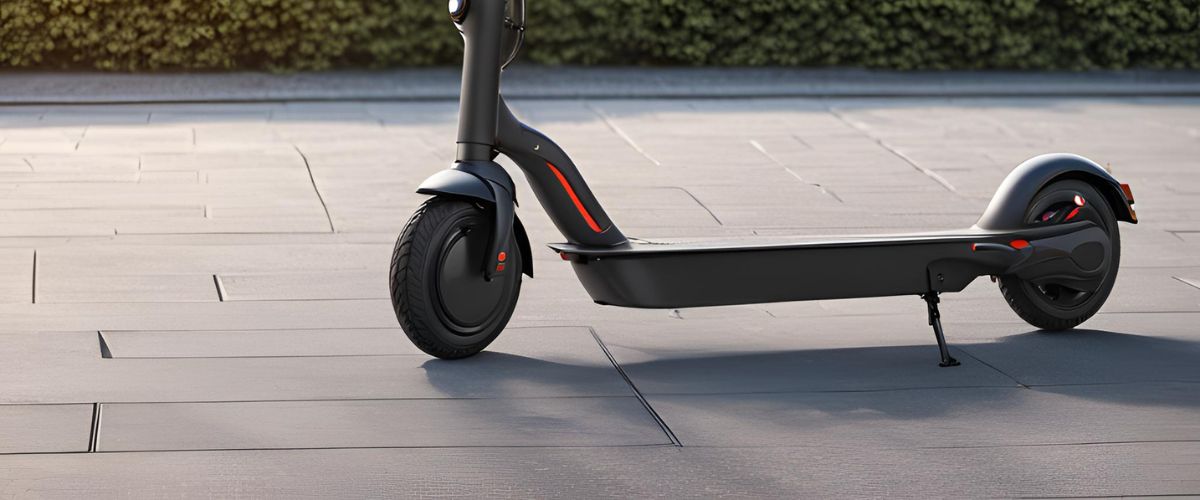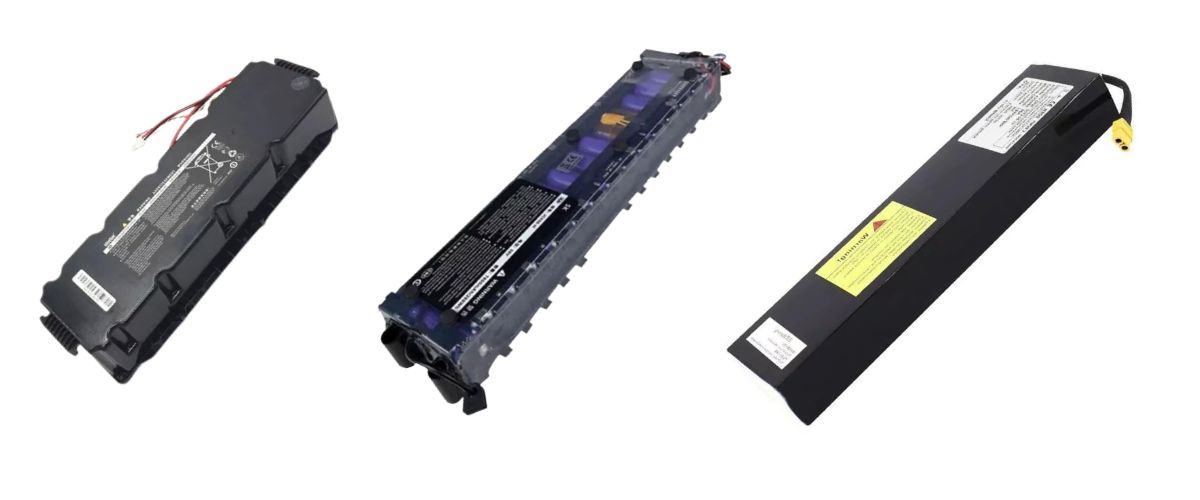How to choose the right electric scooter ?

The electric scooter has become a popular means of transportation, combining practicality, ecology, and fun. Whether you're looking to avoid city traffic, reduce your carbon footprint, or simply move around in style, choosing the right electric scooter is crucial. With the multitude of models available on the market, how do you know which one is right for you? Here's a comprehensive guide to help you make the right choice.
1. Define the main use of your scooter
Before diving into the technical features, it's important to define the use you'll make of your electric scooter. This step is crucial to guide your choice towards a suitable model.
- Urban commutes: If you plan to use your scooter for daily city commutes, opt for a lightweight and compact model, easy to transport and store. A good range is also essential to avoid frequent recharging.
- Long-distance travel: If you cover long distances, go for a scooter with great range and high top speed. Models with wider tires and suspension are recommended for better comfort over long distances.
- Leisure: For occasional or recreational use, you can choose a simpler model, with fewer features but still efficient enough to have fun safely.
2. Range: a key criterion
Battery range is one of the most important aspects to consider when choosing an electric scooter. It determines the distance you can travel before needing to recharge the battery.
- Standard range: Most electric scooters offer a range of 15 to 30 km, which is perfect for daily urban commutes.
- Long range: If you need to travel more than 30 km a day, choose a scooter with a large-capacity battery that can reach up to 60 km or more.
- Factors influencing range: Note that the range advertised by the manufacturer can vary depending on various factors such as your weight, the type of terrain, and the speed at which you ride. For example, riding at top speed or on steep inclines will consume more energy and reduce the range.
To help you choose your electric scooter, we've written an article dedicated to choosing the battery for your electric scooter! That way, you can make a better decision about the range you need to suit your needs.

3. Top speed: what you need to know
The top speed of an electric scooter is another factor to consider, especially if you plan to use it on roads or for long-distance travel.
- Average speed: Most general-use electric scooters have a top speed of 20 to 25 km/h. This is sufficient for urban commutes while ensuring your safety.
- High speed: Some more powerful models can reach speeds of 40 to 50 km/h. These scooters are ideal for those who cover long distances or want a more dynamic ride. However, they also require better control and increased attention to safety.
4. Riding comfort
Comfort is often overlooked, but it is crucial for a pleasant riding experience, especially if you plan on long rides.
- The tires: Solid tires are more resistant to punctures, but offer less comfort on uneven surfaces. Inflatable tires, on the other hand, ensure better shock absorption but require more maintenance.
- Suspension: A scooter equipped with suspension will absorb shocks better, which is particularly important if you ride on uneven or cobbled surfaces. High-end models often offer dual suspension both at the front and rear for optimal comfort.
- The deck and handlebars: Make sure the deck is wide enough for you to comfortably place both feet on it. The handlebars should be height-adjustable to fit your size and ensure an ergonomic riding position.
5. Safety: an aspect not to be overlooked
Safety is paramount when it comes to riding an electric scooter. Here are the elements to check:
- Brakes: Brake systems vary between models. Electric scooters are usually equipped with disc brakes, drum brakes, or regenerative electric brakes. Disc brakes are the most powerful, offering strong and responsive braking.
- Lighting: Good lighting is essential to be visible at night or in low-light conditions. Opt for a model with headlights at the front and rear, as well as brake lights.
- Safety accessories: Don't forget to wear a helmet, even if it's not mandatory everywhere. Some electric scooter models are also equipped with horns or turn signals to indicate your direction changes.
6. Weight and portability
Portability is an essential criterion, especially if you need to transport your scooter regularly on public transport or store it in a small space.
- Light scooters: The lightest models weigh between 10 and 12 kg, making them easy to carry. These models are perfect for city dwellers who need to fold and unfold their scooter frequently.
- Heavier scooters: Models with more range and power tend to be heavier, sometimes weighing 20 kg or more. If portability is a key criterion for you, make sure the chosen model can be easily folded and carried.
7. Price: a quality indicator?
Finally, the price is often a good indicator of the quality and performance of an electric scooter. However, it should not be the only selection criterion.
- Entry level: For occasional use or beginners, an electric scooter under €300 may be sufficient. These models generally offer decent performance but are limited in terms of speed, range, and comfort.
- Mid-range: For daily use, aim for a budget of €300 to €700. These scooters offer a good compromise between performance, comfort, and durability.
- High-end: High-end models, over €700, are aimed at those who seek the best possible experience. They offer advanced features such as great range, high speed, excellent suspension, and high-quality materials.
Choosing the ideal electric scooter depends on your specific needs, budget, and intended use. By considering range, speed, comfort, safety, and portability, you'll be able to find the model that best suits you. Take the time to carefully compare the available options, and don't hesitate to try out several models before making your decision. Once you have the right scooter in hand, you'll be able to fully enjoy this innovative and eco-friendly mode of transportation.

















